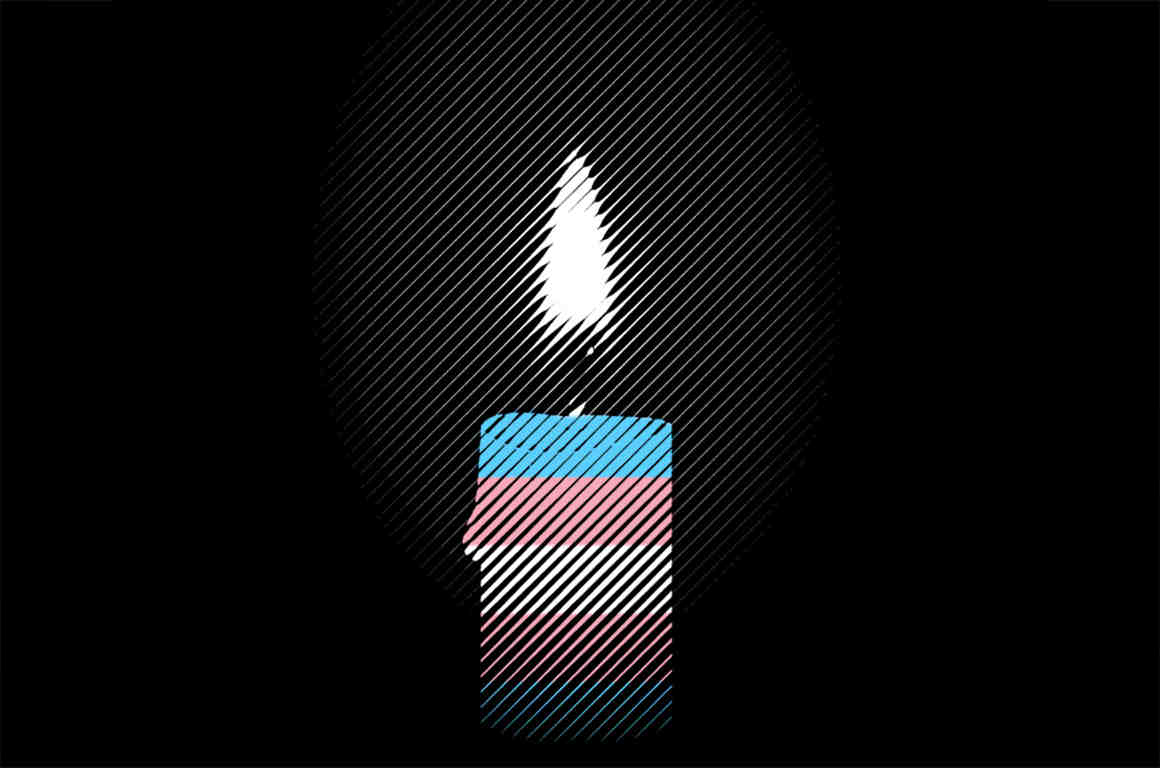Transgender Day of Remembrance (TDOR) is occurs annually on November 20 and serves as a time to honor the memory of transgender people whose lives were taken in acts of anti-transgender violence.
Learn more about Transgender Day of Remembrance below, and find out how you can show support for the community today, and every day.
Note that the week prior to TDOR, folks around the nation participate in Transgender Awareness Week to help raise visibility for transgender people and address issues the community faces.
What is Transgender Day of Remembrance?
Transgender Day of Remembrance (TDOR) began in 1999 and was started by transgender advocate Gwendolyn Ann Smith as a vigil to honor the memory of Rita Hester, a transgender woman who was killed in 1998. The vigil commemorated all the transgender people lost to violence since Rita Hester's death, and ignited a crucial tradition that has become Transgender Day of Remembrance.
"Transgender Day of Remembrance seeks to highlight the losses we face due to anti-transgender bigotry and violence. I am no stranger to the need to fight for our rights, and the right to simply exist is first and foremost. With so many seeking to erase transgender people -- sometimes in the most brutal ways possible -- it is vitally important that those we lose are remembered, and that we continue to fight for justice."
Transgender Day of Remembrance founder Gwendolyn Ann Smith
Get involved
Anyone can participate in Transgender Day of Remembrance! Do so by attending and/or organizing a vigil on November 20 to honor transgender people whose lives were lost to anti-transgender violence that year, and educate yourself and your peers about the violence affecting the transgender community. Vigils are typically hosted by local transgender advocates or LGBTQ+ and Two Spirit organizations. They are often held at community centers, parks, places of worship, and other venues. Typically, each vigil involves reading a list of the names of trans lives lost that year.
Please see resources below, from our friends at GLAAD on how to write stories about transgender people who have been victimized by crime, and additional resources for writing about the violence that affects transgender people, especially transgender women of color.

